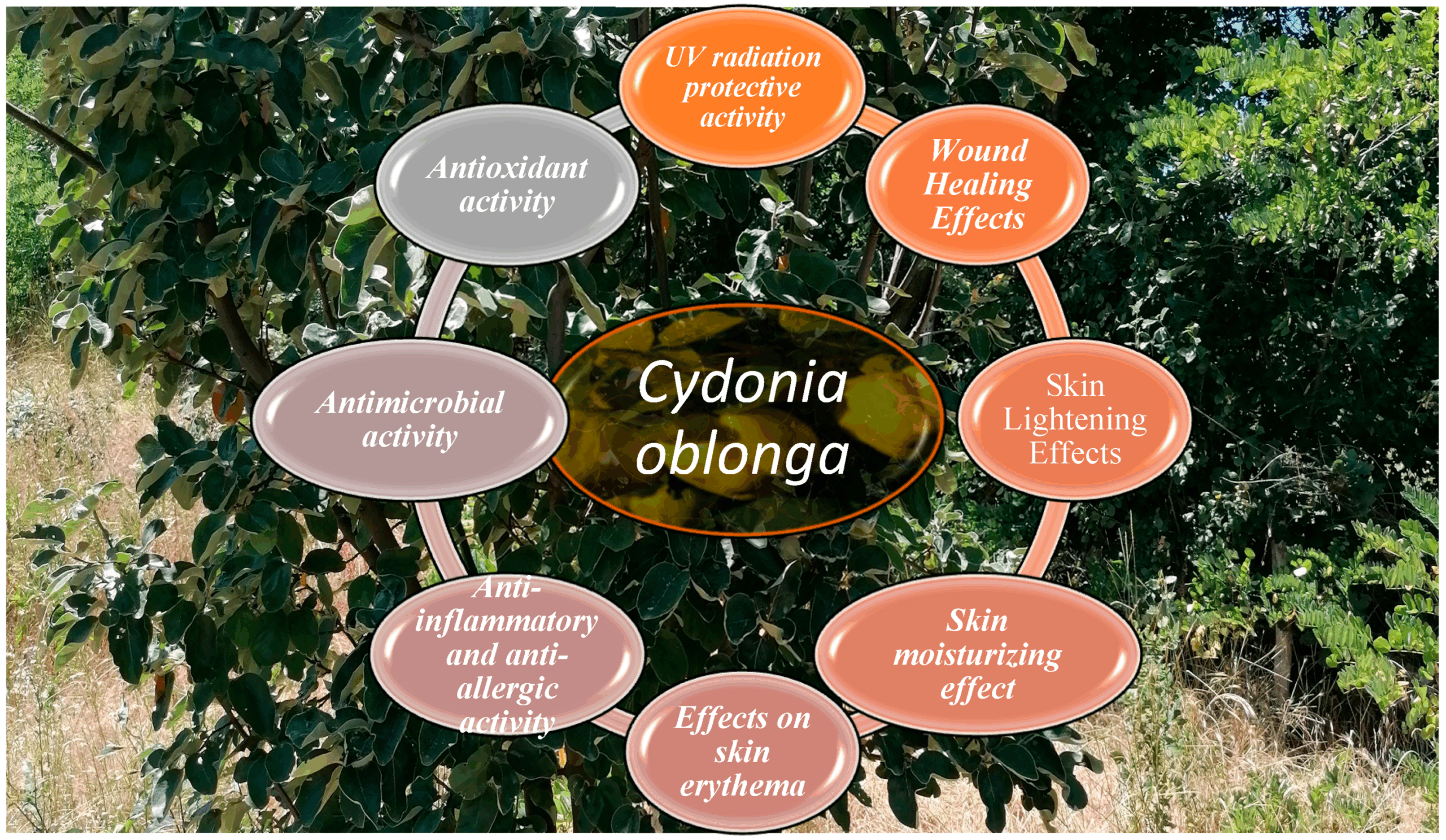The global healthcare landscape faces ongoing challenges, driving a continuous search for effective and safe therapeutic agents, particularly from natural sources. Plants are a recognized rich reservoir of secondary metabolites, which are extensively studied for their diverse pharmacological effects, contributing significantly to human health and disease prevention. Historically, phytomedicines have been central to traditional medical systems, and their therapeutic potential is increasingly supported by scientific evidence. In dermatology, there is a growing demand for solutions for both diseased and healthy skin conditions, ranging from oxidative stress and inflammation to UV damage, microbial infections, wound healing, hyperpigmentation, and maintaining skin hydration. Conventional treatments for some of these conditions, such as allergic disorders or hyperpigmentation, often come with significant adverse effects, including hypertension, diabetes mellitus, osteoporosis, growth retardation, local irritation, erythema, xerosis, discrete exfoliation, and burning sensations. This context has intensified interest in plant-derived compounds that offer therapeutic benefits with fewer undesirable side effects.
Cydonia oblonga Mill. (CO), commonly known as quince, is an ancient fruit-bearing tree with origins in Asia Minor, cultivated since 200 BCE by early civilizations. It has been recognized for its diverse applications in medicinal, nutritional, and ornamental contexts, with extensive traditional uses and a rich phytochemical composition. While existing pharmacological reviews have touched upon the phytochemical and ethnomedicinal aspects of CO, a unique focus on its dermatological relevance—particularly its topical and cosmetic applications—has been less explored. Therefore, Cydonia oblonga represents a compelling natural candidate, warranting a comprehensive examination of its potential in dermatological and cosmetic applications.
Key Findings
The review highlighted Cydonia oblonga‘s diverse dermatological benefits, largely attributed to its rich array of bioactive compounds:
• Rich Phytochemical Composition: The fruit and peel are abundant in polyphenols like phenolic acids, anthocyanins, and flavonoids. Leaves contain flavonoids such as rutin, while seeds are rich in tannins, glycosides, flavones, organic acids, and amino acids.
• Potent Antioxidant Activity: Multiple extracts from CO (pulp, peel, seed, leaf, whole fruit) demonstrated significant antioxidant effects, including free radical scavenging and protection against oxidative damage in human erythrocytes. The methanolic extract exhibited the highest antioxidant activity.
• UV-Protective Effects: CO leaf, pulp, and peel extracts showed UV-A photoprotective activity, suggesting their potential for incorporation into sun-protective formulations. The peel extract had a higher Sun Protective Factor (SPF) compared to the pulp extract.
• Anti-inflammatory and Anti-allergic Activity: CO leaf and peel extracts exhibited significant anti-inflammatory effects by reducing edema, modulating pro-inflammatory mediators (NO, IL-6, TNF-α), and increasing anti-inflammatory mediators (GSH, IL-10). The fruit extract, alone or combined with Citrus limon juice (Gencydo®), attenuated allergic responses in mast cells by inhibiting degranulation, histamine, cytokine, and chemokine release.
• Antimicrobial Activity: Extracts from CO pulp, peel, fruit, and seeds demonstrated efficacy against various bacterial (e.g., Staphylococcus aureus, Escherichia coli) and fungal (Aspergillus niger) strains. Ethanolic extracts generally showed higher efficacy, and combination with silver nanoparticles enhanced antifungal effects.
• Wound Healing Properties: CO seed mucilage significantly enhanced human skin fibroblast proliferation in vitro and accelerated wound closure, elevated hydroxyproline content, and increased tissue tensile strength in in vivo animal models.
• Skin Lightening Effects: CO pulp, peel, and purified seed protein extracts demonstrated tyrosinase inhibitory activity, indicating their potential for managing hyperpigmentation. Freeze-drying was found to preserve this anti-tyrosinase activity more effectively.
• Moisturizing and Erythema Reduction: A 4% CO fruit extract emulgel significantly reduced transepidermal water loss (TEWL) and enhanced skin hydration and elasticity in healthy volunteers. This formulation also led to a progressive and consistent reduction in skin erythema.
However, to unlock its full potential, several future directions are crucial. There is a pressing need for human clinical studies to validate these promising preclinical results, determine optimal concentrations, and develop effective delivery systems for specific skin disorders. Additionally, the heterogeneity of extraction protocols and the limited phytochemical standardization in existing studies present challenges for reproducibility and comparability, emphasizing the necessity for standardized extraction protocols and thorough phytochemical characterization. Comparative studies against established natural actives like green tea, arbutin, and licorice would help define CO’s role in evidence-based skincare. Furthermore, the sustainability of quince by-products, such as fruit peel, aligns perfectly with the growing demand for clean-label and upcycled cosmetics, enhancing its practical appeal. While the presence of cyanogenic glycosides in unprocessed whole seeds warrants caution, other CO-derived plant parts appear safe for topical application. Ultimately, continued mechanistic studies, formulation optimization, and well-designed clinical trials are essential to bridge the gap between experimental promise and clinical applicability, positioning Cydonia oblonga as a significant and novel addition to dermatological and cosmetic formulations.
Link to the study: https://www.mdpi.com/2079-9284/12/5/187


